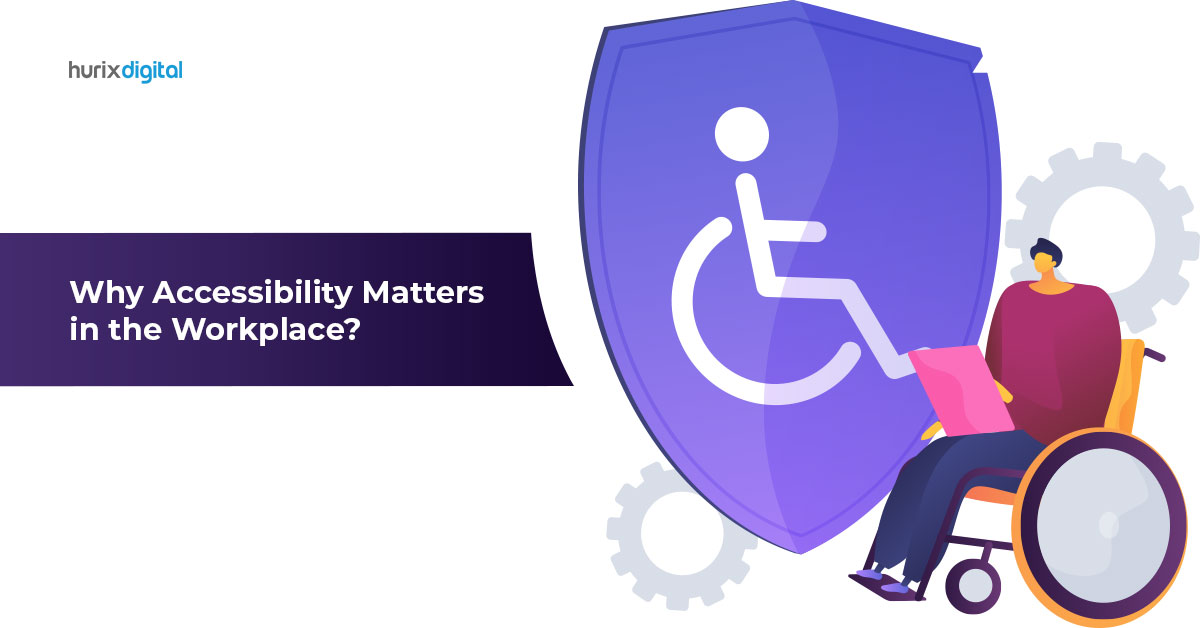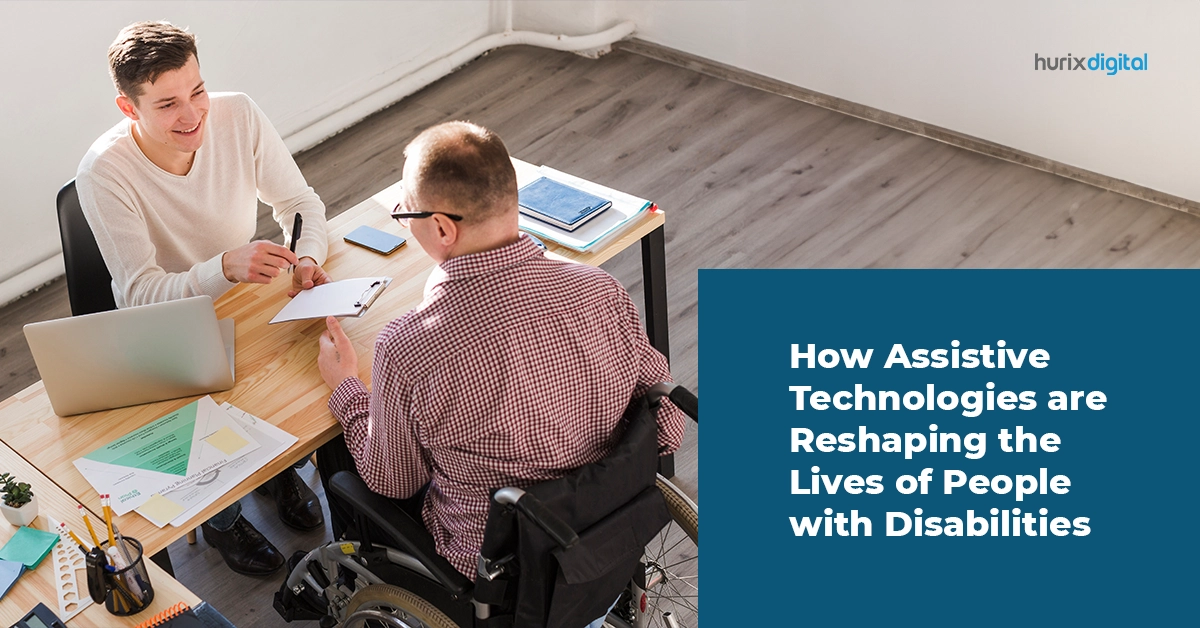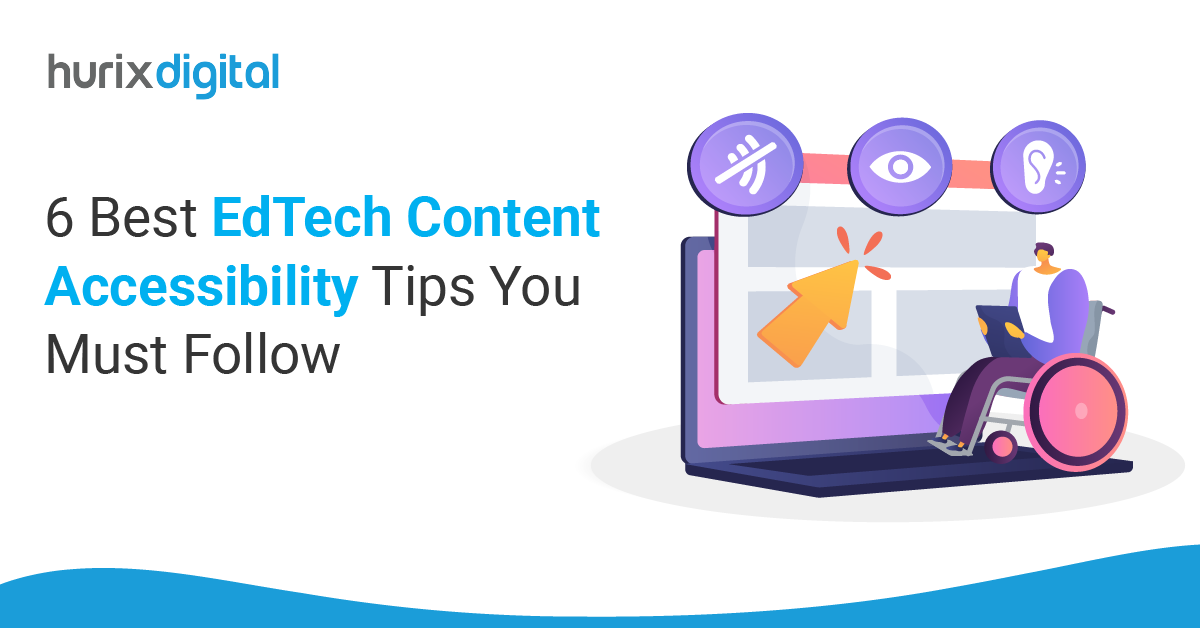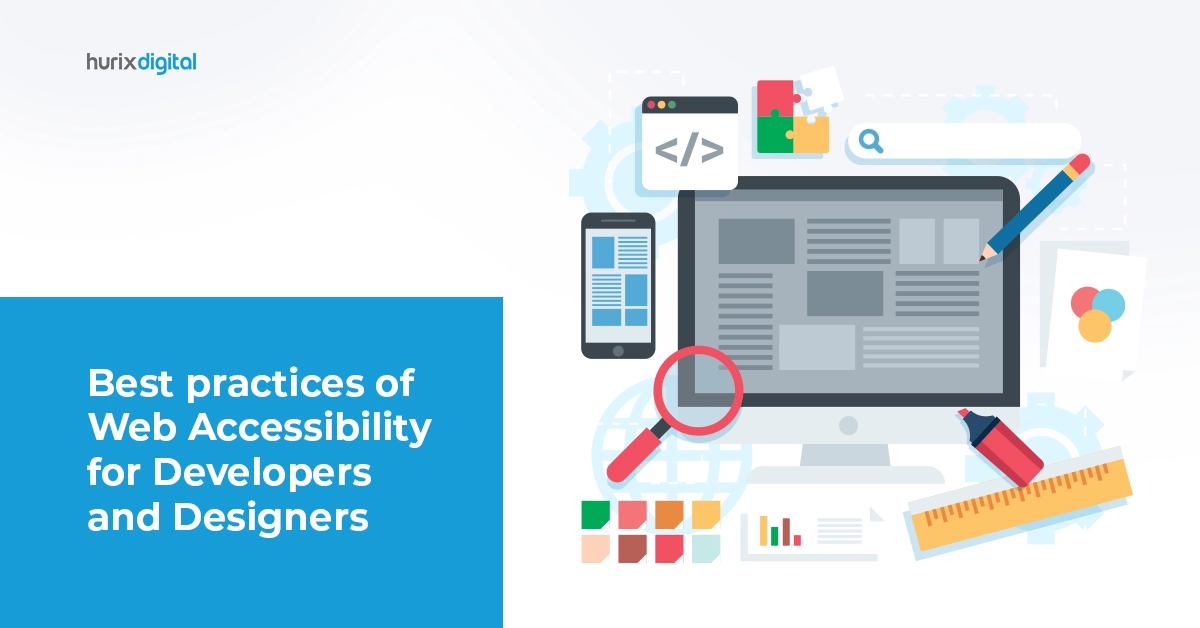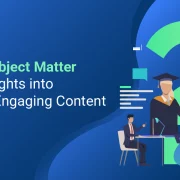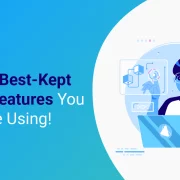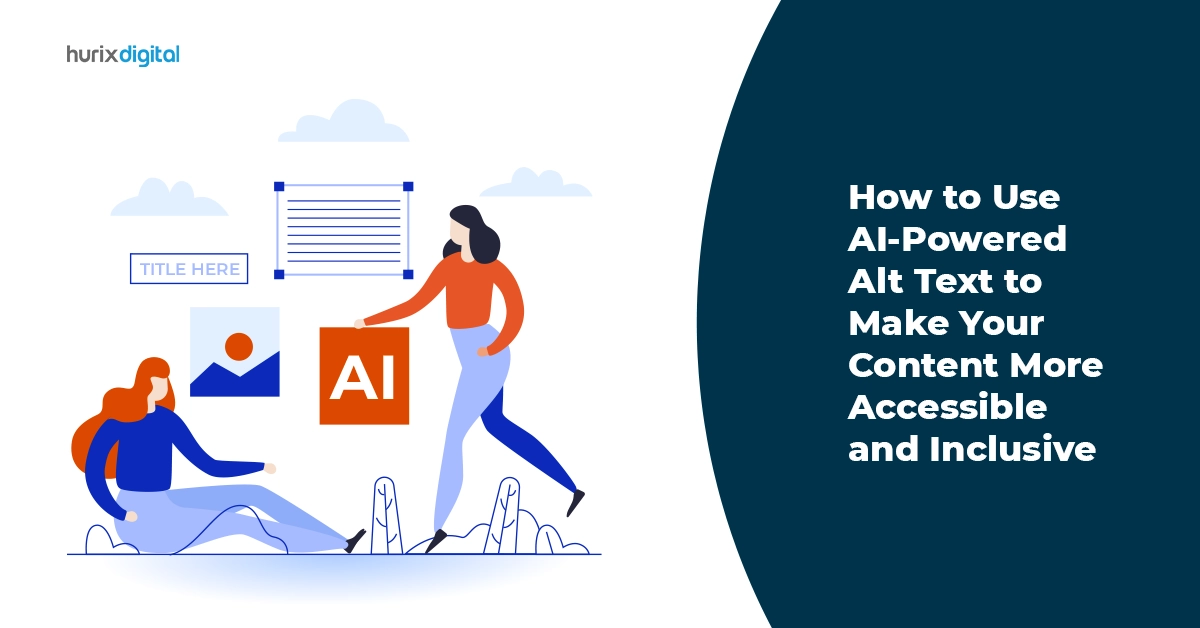
How to Use AI-Powered Alt Text to Make Your Content More Accessible and Inclusive?
Summary
Learn to enhance accessibility and inclusivity in content by leveraging AI-generated alt text. This technology automatically describes images, aiding visually impaired users in understanding visual content. By implementing AI-powered alt text, creators ensure their content is accessible to all, fostering a more inclusive digital environment.
Images are an essential part of any digital content. They can convey information, emotions, and stories that words alone cannot. They can also enhance the visual appeal and engagement of your content, making it more attractive and memorable for your audience.
But what if some of your audience cannot see or perceive your images? What if they rely on assistive technologies, such as screen readers, to access your content? How can you ensure that they get the full value and meaning of your images and that they don’t miss out on any important information or context?
This is where alt text comes in. Alt text, short for alternative text, can help you make your content more accessible and inclusive for everyone, regardless of their abilities or preferences. However, writing alt text can be challenging and time-consuming.
Fortunately, with accessibility advancements and the innovation of AI and machine learning, writing alt text has become easier and faster. This blog, will not only explore how AI-powered alt text can boost your content accessibility, but also provide tips on how to use alt text effectively.
Table of Contents:
- What is AI-Powered Alt Text and How Does it Work?
- What are the Benefits of AI-Powered Alt Text for Content Accessibility?
- What are the Challenges and Limitations of AI-Powered Alt Text?
- Conclusion
What is AI-Powered Alt Text and How does Alt Text Work?
AI-powered alt text, also known as AI alt text, is a type of alt text that is generated by artificial intelligence using machine learning algorithms and models. AI-powered alt text generators can automatically analyze and describe the content and context of an image using natural language processing and computer vision techniques.
The basic steps involved in using AI in web content accessibility are:
- Image Analysis: The AI-powered alt text generator takes an image as input and analyzes its features, such as colors, shapes, textures, objects, faces, emotions, actions, and scenes. The image analysis can be done using various computer vision techniques, such as object detection, face recognition, scene understanding, and optical character recognition (OCR).
- Text Generation: The AI-powered alt text generator then generates a textual description of the image based on the features extracted from the image analysis. Text generation can be done using various NLP techniques, such as natural language generation (NLG), natural language understanding (NLU), and natural language inference (NLI).
- Text Optimization: The AI-powered alt text generator then optimizes the text based on the purpose, content, and context of the image, and the best practices and guidelines for alt text. Text optimization can be done using various NLP techniques, such as text summarization, text simplification, text correction, and text evaluation.
The output of the AI-powered alt text generator is a textual description of the image that provides equivalent information for people who cannot see or perceive the image.
Also Read: Accessibility for Masses – Know How Hurix Digital Comes in
What Are the Benefits of AI-Powered Alt Text for Content Accessibility?
Artificial intelligence in accessibility has many benefits, such as:
1. Save Effort and Time
Writing alt text manually can be tedious and time-consuming, especially if you have a large number of images to describe.
AI-powered alt text generators can save you effort and time by automatically generating alt text for your images in seconds. You can then review and edit the generated alt text, if needed, to ensure its quality and accuracy.
2. Consistency and Accuracy
Writing alt text manually can be prone to human errors and inconsistencies, such as spelling mistakes, grammar errors, missing information, or irrelevant information.
Using AI for content accessibility can provide more consistent and accurate alt text by using standardized and objective criteria to analyze and describe your images. These generators can also handle complex and diverse images, such as graphs, charts, diagrams, maps, and infographics, that may be difficult to describe manually.
3. Compliance and Quality
Writing alt text manually can be challenging and confusing, especially if you are not familiar with the best practices and guidelines for alt text, such as WCAG 2.1. Machine learning for alt text can help you comply with the accessibility standards and expectations by following the best practices and guidelines for alt text.
4. Inclusion and Engagement
Writing alt text manually can be limiting and exclusive, especially if you do not consider the needs and preferences of your diverse audience, such as people with disabilities, people with low literacy, people with different languages, and people with different devices.
AI-powered alt text generators can help you create more inclusive and engaging content by providing alt text that is accessible, understandable, and appealing to your audience.
What Are the Challenges and Limitations of AI-Powered Alt Text?
AI-powered alt text is not a perfect accessibility innovation, and it has its challenges and limitations, such as:
1. Reliability and Validity
AI-powered alt text generators are not always reliable and valid, and they may produce inaccurate or inappropriate alt text, depending on the quality and complexity of the image and the accuracy and robustness of the AI model.
They may also fail to capture the subtleties and nuances of the image, such as humor, irony, sarcasm, symbolism, and cultural references, that may be important for the meaning and context of the image.
2. Ethics and Privacy
Alt text generation using AI may raise ethical and privacy concerns, such as data security, data ownership, data consent, data bias, data discrimination, and data accountability.
These generators may pose ethical and privacy risks, such as data breach, data misuse, data manipulation, data exploitation, and data harm, that may affect the rights and interests of the image owners, creators, and users.
3. Creativity and Diversity
AI-driven image descriptions may limit creativity and diversity by using generic and standardized language and formats and by ignoring the individual and situational factors that may influence the alt text. This includes the author’s style, tone, and voice and the audience’s needs, preferences, and expectations.
They may also stifle the creativity and diversity of the content by reducing the need and opportunity for human input, feedback, and collaboration.
Also Read: AI-Powered Copyediting Tools: Exploring the Latest Innovations
Conclusion
AI-powered alt text is a powerful and innovative way to boost your visual content accessibility and provide equivalent information for people who cannot see or perceive your images. It can help you save effort and time, improve consistency and accuracy, ensure compliance and quality, and enhance the inclusion and engagement of your content.
However, Alt text optimization with AI also has its challenges and limitations, such as reliability and validity, ethics and privacy, and creativity and diversity, that need to be addressed and overcome.
If you are looking for a reliable and professional partner to help you with your accessibility needs, you can trust Hurix Digital. Hurix Digital is a leading provider of digital content solutions and creative services that can help you use AI/ML, accessibility, and digital technologies to create and deliver engaging and accessible content for your audience.
Hurix Digital can help you with accessibility audit, remediation, creation, and testing of your content and help you comply with the accessibility standards and expectations.
To learn more about Hurix Digital and its accessibility services, contact us today.

Vice President – Digital Content Transformation. He is PMP, CSM, and CPACC certified and has 20+ years of experience in Project Management, Delivery Management, and managing the Offshore Development Centre (ODC).

